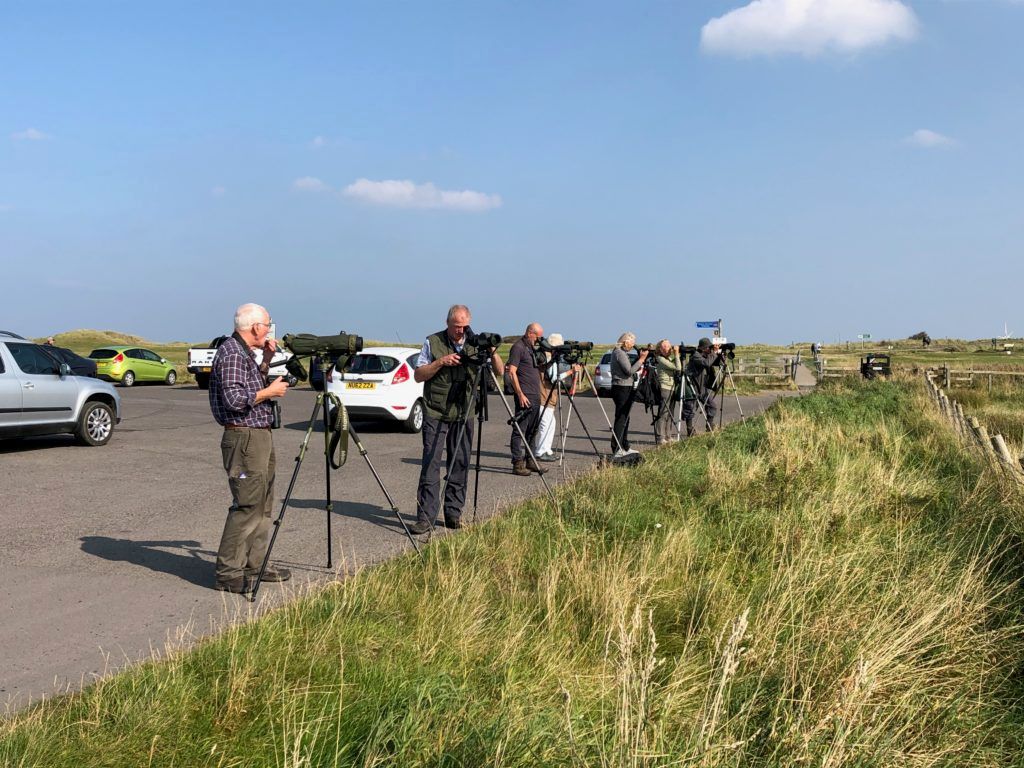It was a perfect morning as we arrived at Hartlepool Headland lighthouse, which provides a good vantage point. The sea was fairly calm with little wind. Common Scoters were on the move, several packs were flying over the sea, while Common Guillemots and Eider Ducks were seen at close range. Gannets were plentiful as they flew south, a few Sandwich Terns were still being seen along with two Red-throated Divers. As the tide receded, we viewed the emerging rocks where, after searching, a Purple Sandpiper was found, also Turnstones and Dunlins. A walk along the seafront produced an unexpected Dark—bellied Brent Goose amongst the rocks.


Newburn Bridge was our lunch stop, during which there was a brief view of a Mediterranean Gull. We visited Seaton Common and North Gare next but, by then, the light wind had strengthened considerably. We had just arrived when all the birds flew up in alarm, caused by a Merlin which was so quick to disappear as it made contact with its prey, before the rest of the group could see it. We lined up with our telescopes to scan the fields and identify which birds the Merlin had disturbed, Goldfinches and Lapwings being the majority. Small birds sitting on the fence were identified as Stonechats and Linnets.
We next moved on to Greatham Creek, where the area has recently been extended to create a large tidal flood plain. It was low tide so many of the waders had dispersed but, on searching the area from the car park screen and the creek, Black- and Bar-tailed Godwits, Greenshank, two Grey Plovers and Dunlin were added to the list. Our final stop was by the roadside overlooking Saltholme Pools, where good numbers of wildfowl were present including Gadwall, Shoveler and Wigeon, but the star bird was a Great White Egret that gave excellent views. Golden Plovers were sleeping on the rocky causeway but the Little Stint, which had been present earlier, had moved elsewhere. We drove round the corner to Dorman’s Pool where an RSPB hide overlooks the area. Four Pintails and a Shelduck were new and a Marsh Harrier suddenly appeared, giving good views as it quartered the reed beds. A fine end to the day; a total of 64 species was seen and all credit to the group for producing a good list in what developed into less than ideal conditions.
June E. Atkinson
